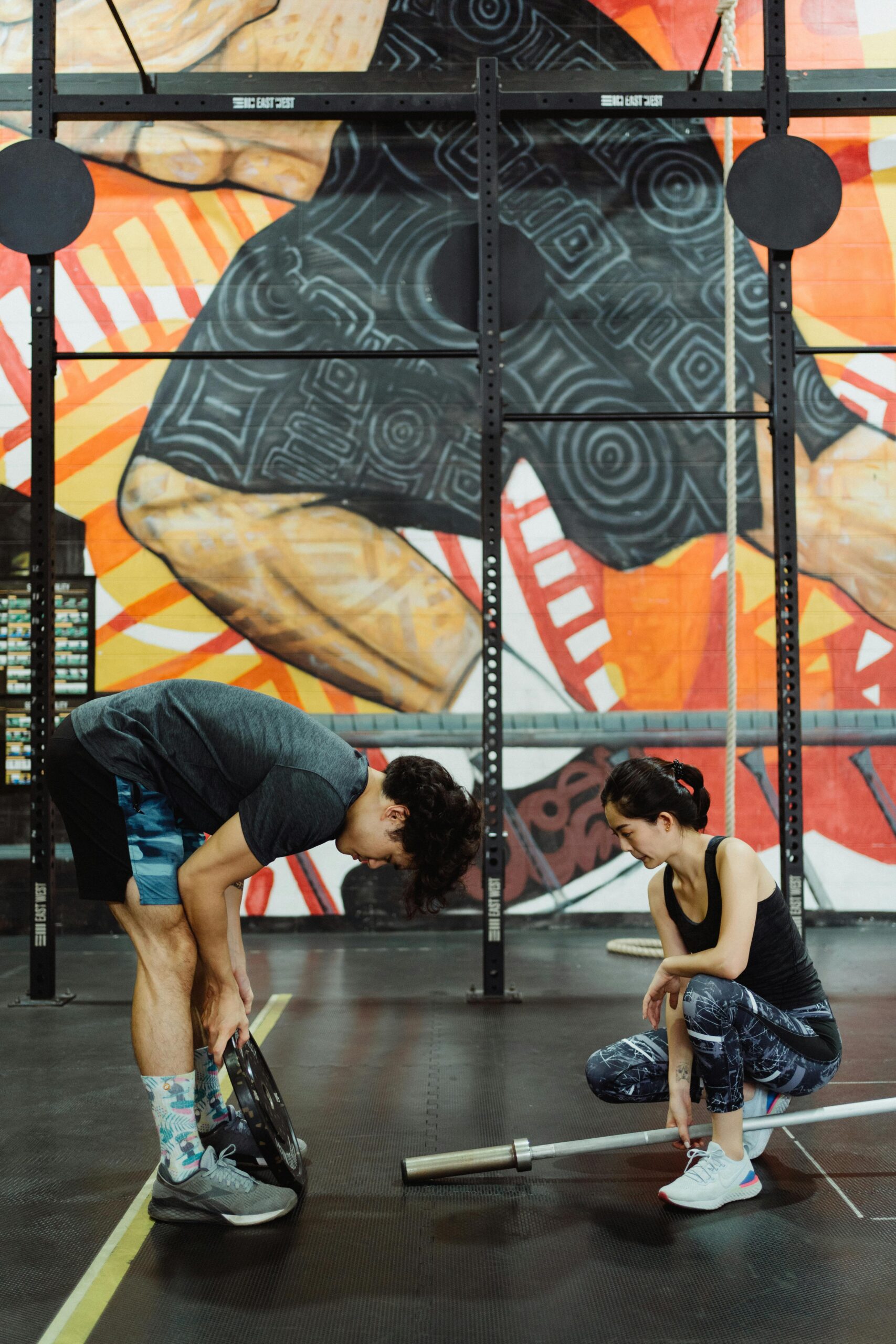Introduction to Functional Fitness Training
Functional fitness training is a dynamic approach to exercise that emphasizes movements mirroring everyday activities. Instead of isolating muscles like traditional workouts, functional fitness focuses on improving the body’s ability to perform real-life tasks efficiently, safely, and with greater ease. By integrating multiple muscle groups and focusing on balance, coordination, strength, and mobility simultaneously, this training style offers practical benefits that extend beyond the gym. Whether it’s lifting groceries, climbing stairs, or improving athletic performance, functional fitness helps enhance overall quality of movement. This article will explore the foundation of functional fitness training, its key components, practical exercises, benefits, and tips to incorporate it effectively into your routine.
The Foundation of Functional Fitness
Functional fitness is rooted in the principle that training should prepare the body for real-world physical demands. Unlike workouts that isolate single muscles through machines or static positions, functional exercises simulate natural movements such as squatting, bending, pushing, pulling, and twisting. This holistic approach leverages multiple joints and muscle groups working in tandem, which not only improves strength but also builds neuromuscular coordination. At its core, functional training emphasizes movement patterns that enhance stability and power while reducing the risk of injury. Understanding your body’s natural movement patterns is essential to designing effective functional workouts that translate seamlessly into daily activities.
Key Components of Functional Fitness
Functional fitness training incorporates several critical elements to develop overall movement efficiency:
- Balance and Stability: Exercises challenge your core and smaller stabilizing muscles to maintain control during movement.
- Strength: Functional movements often require strength over multiple joints and muscle groups, improving overall muscular resilience.
- Mobility and Flexibility: Dynamic range of motion is vital for performing everyday tasks without restriction or pain.
- Coordination: Synchronizing different muscle groups to perform complex movement patterns enhances body awareness and reduces injury risk.
- Endurance: Functional training also builds muscular and cardiovascular endurance to sustain activity over time.
These components work together, fostering a balanced and efficient physical foundation.
Practical Functional Exercises and Movements
Integrating functional fitness into your routine involves exercises that mimic natural human movements. Examples include:
- Squats: Simulate sitting down and standing up, engaging the glutes, quadriceps, and core.
- Deadlifts: Mirror bending to pick up objects from the floor, strengthening the posterior chain.
- Lunges: Enhance single-leg stability and leg strength, important for walking and climbing stairs.
- Push-ups and Pull-ups: Develop upper body strength and control through pushing and pulling actions.
- Rotation exercises: Improve spinal mobility and core strength crucial for twisting movements.
These exercises can be modified with equipment like kettlebells, resistance bands, or done using bodyweight, adapting to all fitness levels.
The Benefits of Functional Fitness Training
One of the greatest advantages of functional fitness is its direct impact on daily life quality and injury prevention. The multidimensional nature of the workouts improves balance and muscular coordination, which are key factors in reducing falls and accidents, especially as we age. Additionally, functional training enhances athletic performance by building natural power and endurance rather than isolated strength. Because it targets overall movement efficiency, practitioners often experience increased energy, better posture, and reduced chronic pain associated with sedentary lifestyles or repetitive strain. Unlike traditional gym routines, functional fitness also keeps workouts engaging and varied, which promotes long-term consistency.
Integrating Functional Fitness into Everyday Life
Adopting functional fitness training doesn’t require complex equipment or gym memberships, making it accessible for almost everyone. Start by identifying daily tasks you want to improve — whether it’s carrying children, gardening, or sports activities. Incorporate functional exercises into your routine 2-4 times a week, focusing on quality of movement rather than speed or heavy weights. Gradually increase difficulty by adding weight, complexity, or balance challenges as your body adapts. Remember, the goal is to move with greater ease and confidence in both routine activities and demanding situations. Combining functional training with proper nutrition, adequate rest, and mobility work creates a holistic approach to long-term health and physical independence.
Functional fitness training is more than a workout style; it’s a lifestyle approach that equips the body to handle everyday demands with strength and efficiency. By focusing on natural movement patterns, it helps build a resilient and adaptable body that lowers injury risk, improves quality of life, and boosts performance both inside and outside the gym. Whether you’re a beginner or an experienced athlete, integrating functional fitness into your health regimen offers practical benefits that transcend traditional exercise goals. Embracing this approach allows you to move better, feel stronger, and live more actively through every stage of life.
